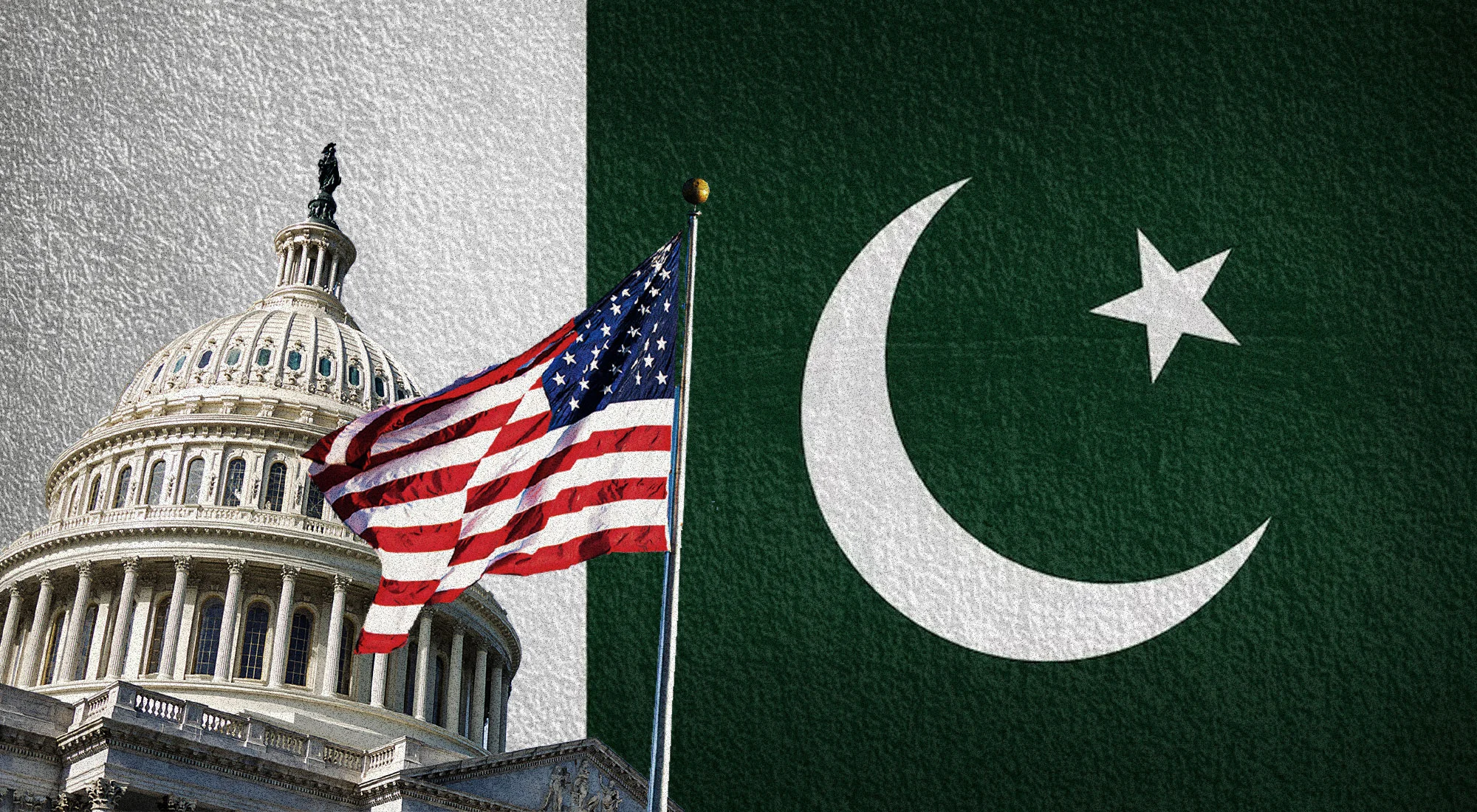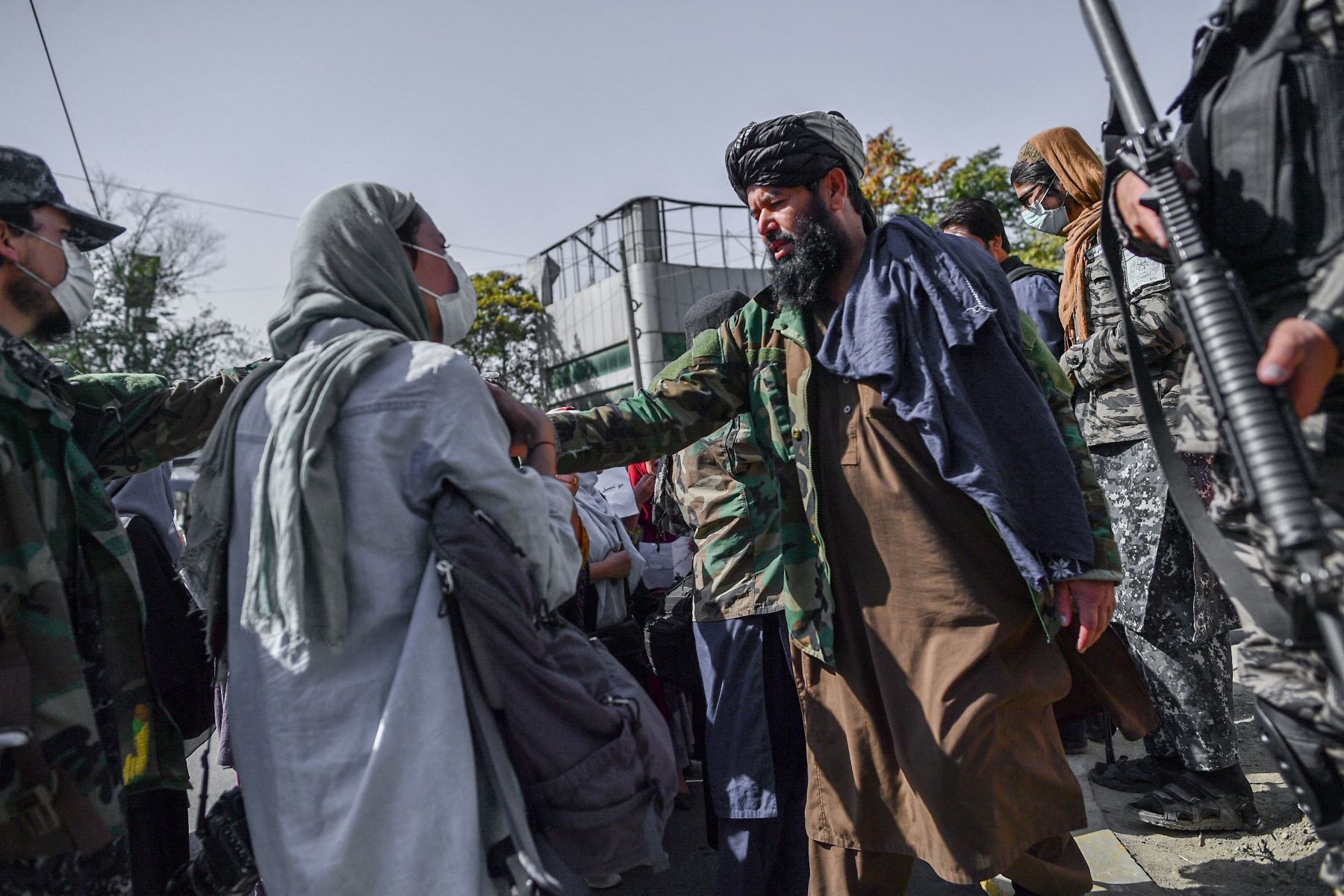Pakistan’s ailing economy, grappling with a current account deficit of $1.093bn in July-Jan FY24, is receiving a potential shot in the arm with the recent two-day visit (April 15-16, 2024) of a high-level Saudi Arabian delegation led by Foreign Minister Prince Faisal bin Farhan.
This visit comes at a crucial juncture, not just for Pakistan’s immediate financial needs, but also in the context of a rapidly evolving geopolitical landscape in the Middle East, particularly with the recent escalation of tensions between Iran and Israel.
Saudi Investment in Pakistan: A Lifeline for a Cash-Strapped Nation
Pakistan’s economic woes are well documented. The country’s foreign exchange reserves hover around a precarious $13.4 billion, barely enough to cover a few months of imports. This situation makes the country vulnerable to external shocks. A successful conclusion of negotiations with the IMF for a new bailout program hinges on Pakistan demonstrating its commitment to reforms and its ability to attract foreign financing of at least $70 billion, a figure emphasized by former Prime Minister’s advisor on special investments, Jahanzeb Khan, in 2023.
The 2023 creation of the Special Investment Facilitation Council (SIFC) – a dedicated government body – signifies Pakistan’s commitment to attracting foreign capital. The SIFC streamlines investment processes and fosters a more investor-friendly environment.
The recent Saudi visit coincides with a period of heightened activity for the SIFC, with successful efforts to attract investments from Gulf countries and beyond.
Enter Saudi Arabia, a long-standing ally with a history of supporting Pakistan financially. Last year, Saudi Arabia deposited $2 billion into Pakistan’s central bank to boost its foreign exchange reserves. This time, however, the focus appears to be on long-term investments with the potential to generate sustainable economic growth. The $5 billion investment package discussed during the visit and the Saudi interest in sectors like agriculture, energy (particularly oil and gas), IT, minerals (with a focus on the Reko Diq mine project), and transportation paint a picture of a more strategic partnership aimed at mutual benefit.
This renewed engagement, however, comes after years of discussions that haven’t materialized due to various factors. The SIFC now finds itself at the center stage. If it can successfully facilitate these Saudi investments, it will be a major coup, demonstrating its effectiveness and Pakistan’s commitment to attracting long-term economic partnerships.
Balochistan: Untapped Potential Awaits Investment
Balochistan, Pakistan’s largest and least developed province, with abundant natural resources, is taking center stage. The potential for investment here is immense. Saudi Arabia’s reported interest in the Reko Diq gold and copper mine project is a case in point. This mine, estimated to be one of the world’s largest undeveloped copper-gold deposits, could be a game-changer for Pakistan’s finances and Balochistan’s development.
Notably, in 2018, the United Arab Emirates (UAE) and Pakistan signed a $200 million cooperation agreement for over 100 projects in Balochistan and Khyber Pakhtunkhwa provinces, focusing on education and healthcare.
This highlights the growing international recognition of Balochistan’s investment potential. The success of the China-Pakistan Economic Corridor (CPEC) project, with its focus on infrastructure development in Balochistan, has further paved the way for further investments.
Also Read: Crossroads of Power: Decoding CPEC Geopolitics
CPEC: A Catalyst for Growth
The China-Pakistan Economic Corridor (CPEC), a multi-billion-dollar infrastructure project launched in 2015, is another crucial element in this economic equation. This project, aimed at creating a network of highways, railways, and energy grids connecting China’s Xinjiang province to Pakistan’s Gwadar Port on the Arabian Sea, holds immense potential for regional connectivity and economic growth.
While concerns about transparency and debt burden persist, CPEC offers a platform for Saudi Arabia to integrate its “Vision 2030” with this mega-project.
This collaboration could diversify Saudi Arabia’s economy, reduce its dependence on oil exports, and unlock new markets for both nations.
Beyond Economics: Geopolitical Considerations
The timing of the Saudi visit, just ahead of the scheduled visit of Iran’s President to Pakistan on April 22nd, 2024, is noteworthy. Pakistan, a nation with a long border with Iran, finds itself navigating a complex geopolitical environment. The recent escalation of tensions between Iran and Israel, with Israel claiming to have intercepted 320 missiles launched by Iran in an “unprecedented attack,” adds another layer of complexity. Pakistan’s call for de-escalation and its position of “deep concern” reflect the delicate balancing act it needs to perform in the face of these regional tensions.
Saudi Investment in Pakistan: A New Chapter in an Old Alliance!
The Saudi delegation’s visit marks a potential turning point in the relationship between the two nations.
While Pakistan and Saudi Arabia share strong cultural and religious ties, the focus on mutually beneficial investments promises a more sustainable partnership compared to past aid packages.
However, skepticism persists, with critics pointing to past unfulfilled promises of investments. Transparency and a commitment to good governance will be key to building trust and ensuring the success of these endeavors.
Conclusion
The Saudi Arabian visit signifies a renewed commitment from both sides. Pakistan seeks not just financial assistance but a strategic partner for long-term economic development. Saudi Arabia, in turn, sees opportunities to diversify its economy, gain a foothold in a strategically important region, and potentially use Pakistan as a bridge to connect with China’s Belt and Road Initiative (BRI) through CPEC.
While challenges remain, the potential benefits of this renewed alliance are significant. With careful planning, execution, and a commitment to transparency, this partnership could not only revive Pakistan’s economy but also create a strategic bridge between the Middle East and South Asia, fostering regional stability and economic growth.
Looking Ahead: Challenges and Opportunities
The road ahead for this strategic embrace is not without its hurdles. Security concerns in Balochistan, bureaucratic red tape, and the need for unwavering transparency and good governance are all critical issues that require urgent attention.
However, the potential rewards are substantial. If successful, this partnership could:
- Inject billions of dollars into Pakistan’s economy, boosting foreign exchange reserves and promoting sustainable growth.
- Unlock the vast potential of Balochistan’s natural resources, creating jobs and development opportunities in the province.
- Strengthen regional connectivity through CPEC, fostering trade and economic cooperation between China, Pakistan, and the Middle East.
- Contribute to greater stability in a volatile region by fostering closer ties between Pakistan and Saudi Arabia.
The success of this partnership hinges on the ability of both Pakistan and Saudi Arabia to address the challenges head-on. Pakistan must prioritize creating a secure and investor-friendly environment, while Saudi Arabia needs to demonstrate a genuine commitment to long-term investment and collaboration.
The coming months will be crucial in determining the trajectory of this renewed relationship. If both sides can navigate the challenges and seize the opportunities, this strategic embrace has the potential to be a game-changer for Pakistan’s economic future and for regional stability in a complex geopolitical landscape.






